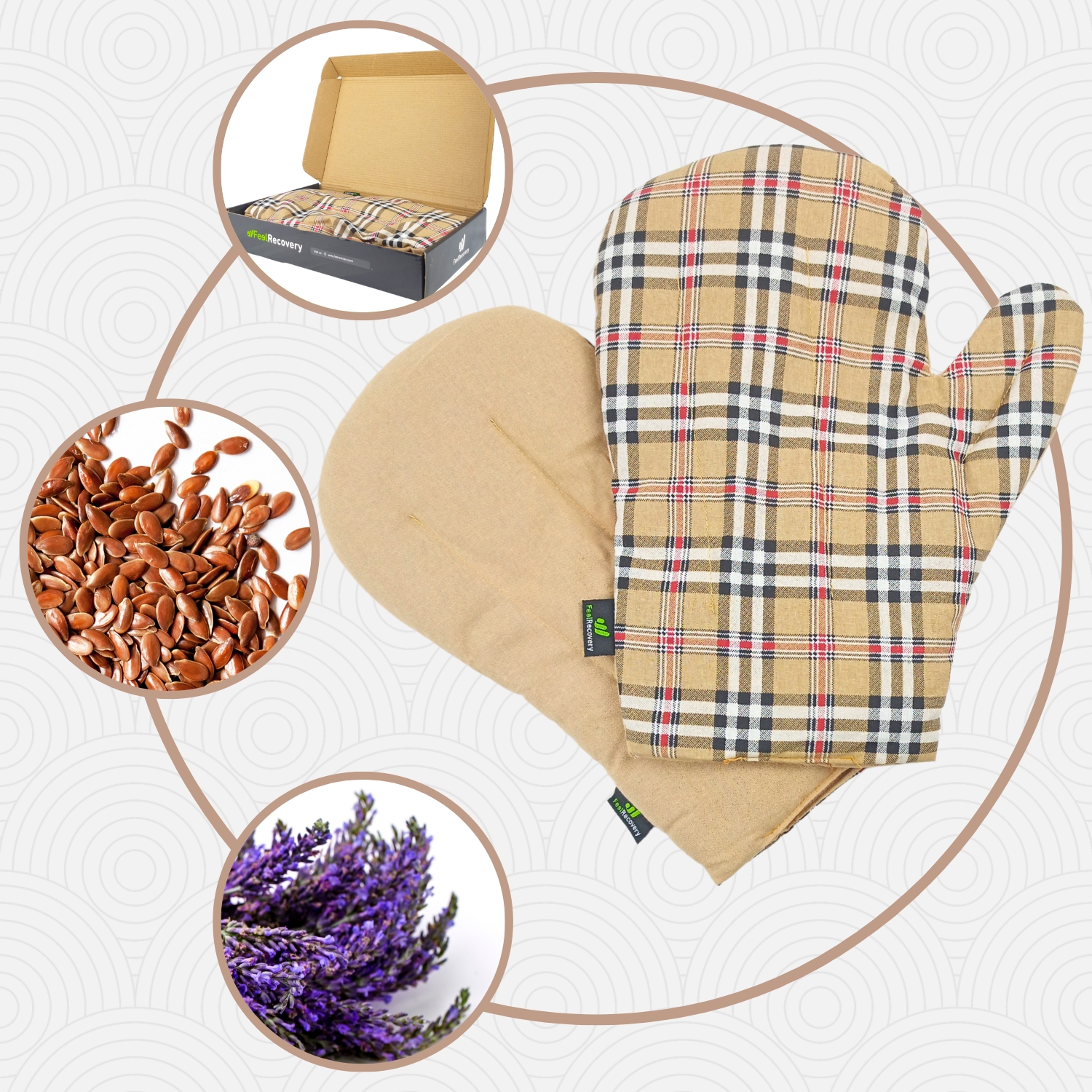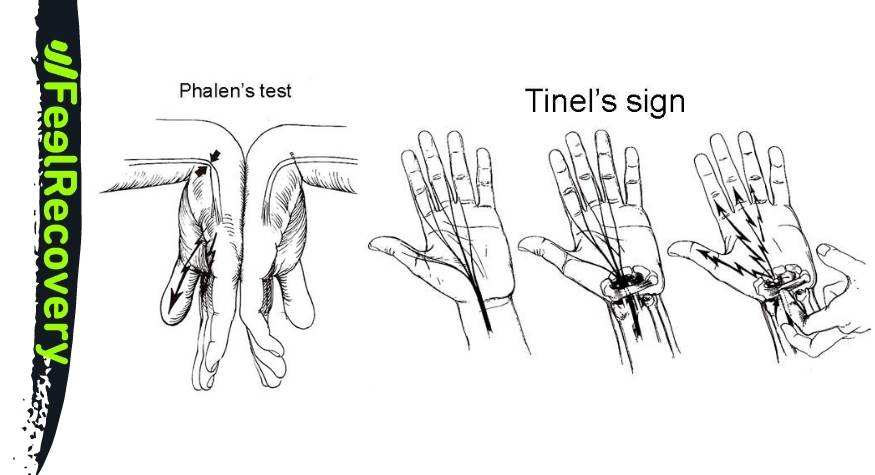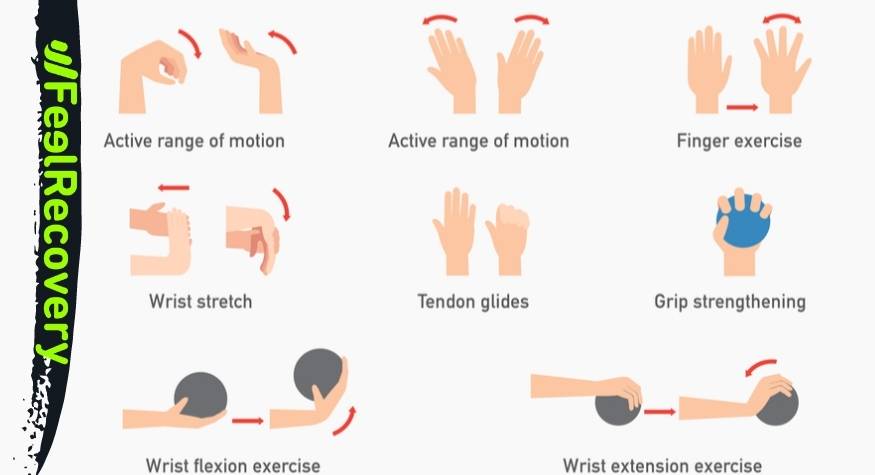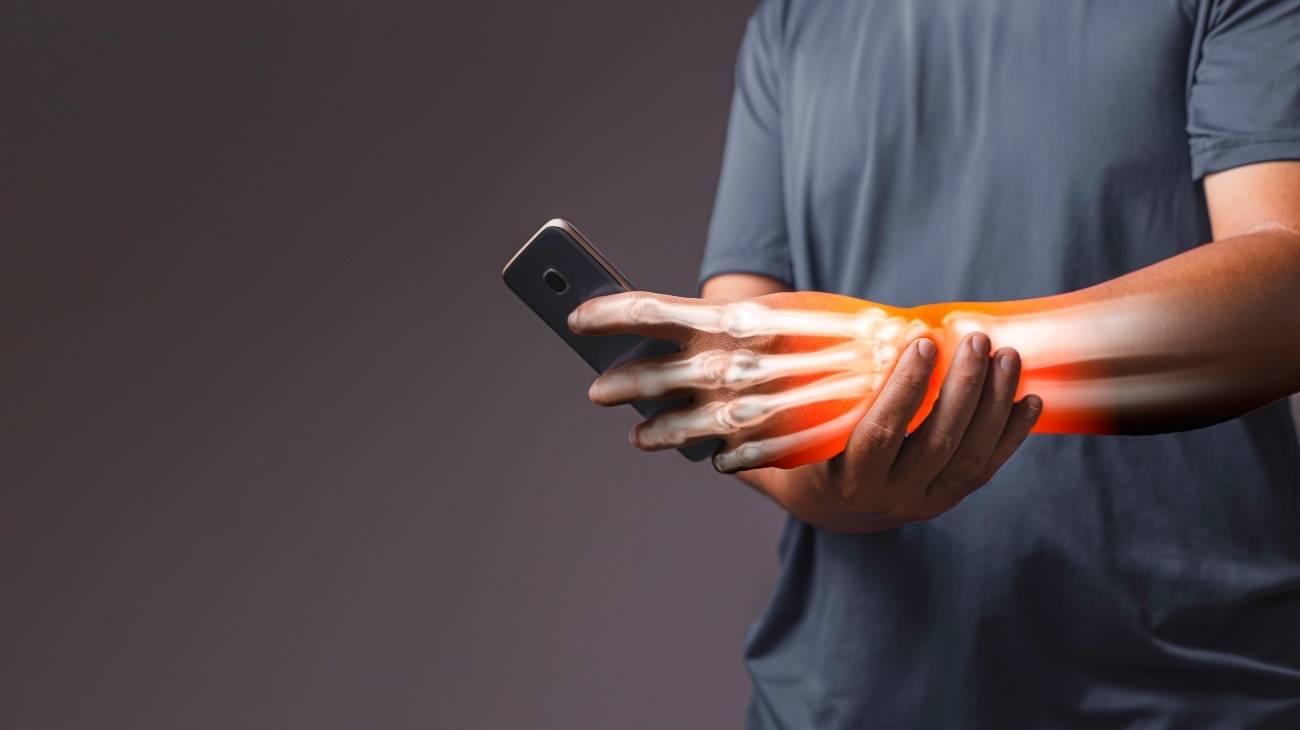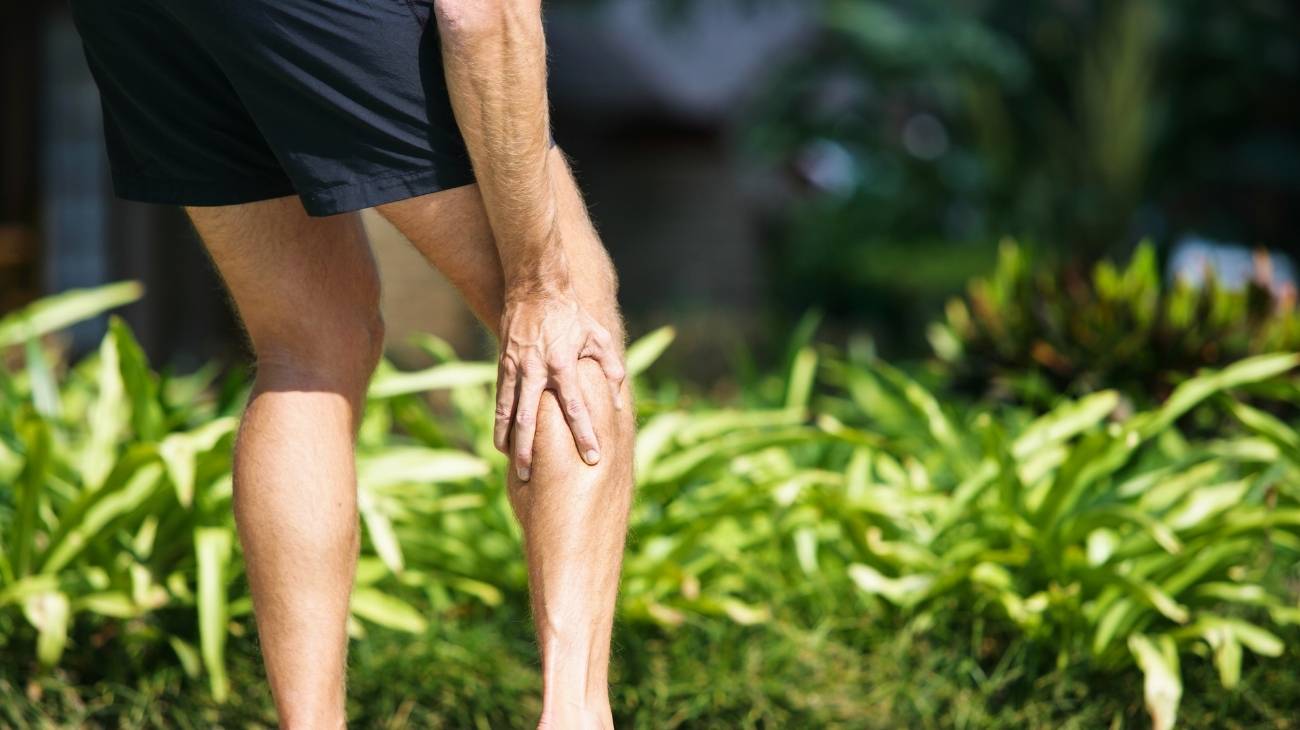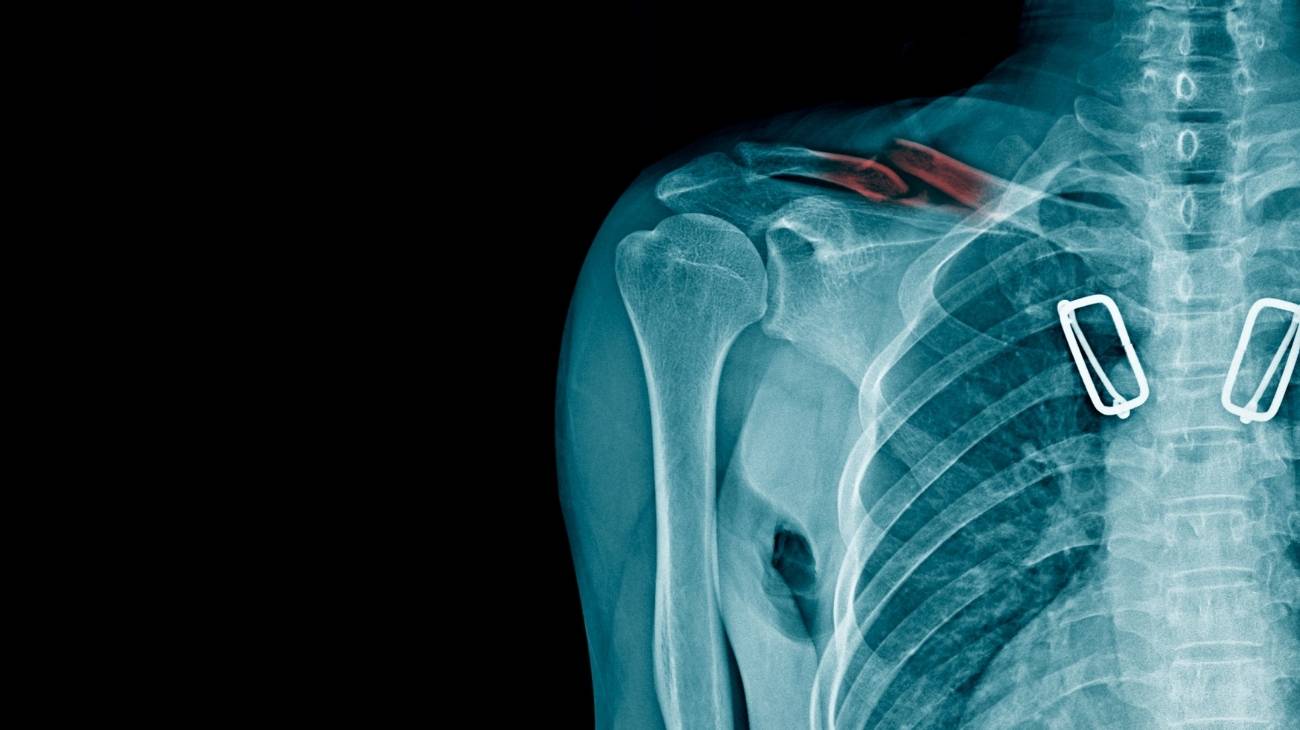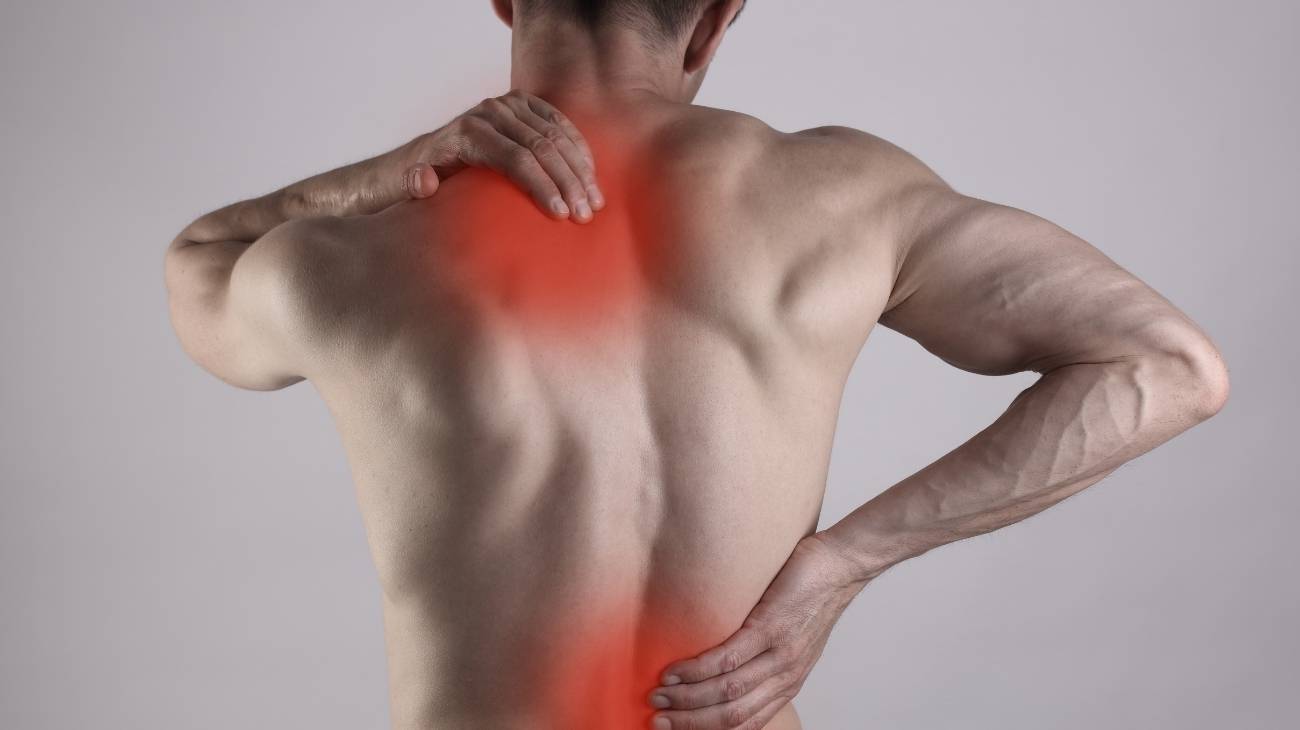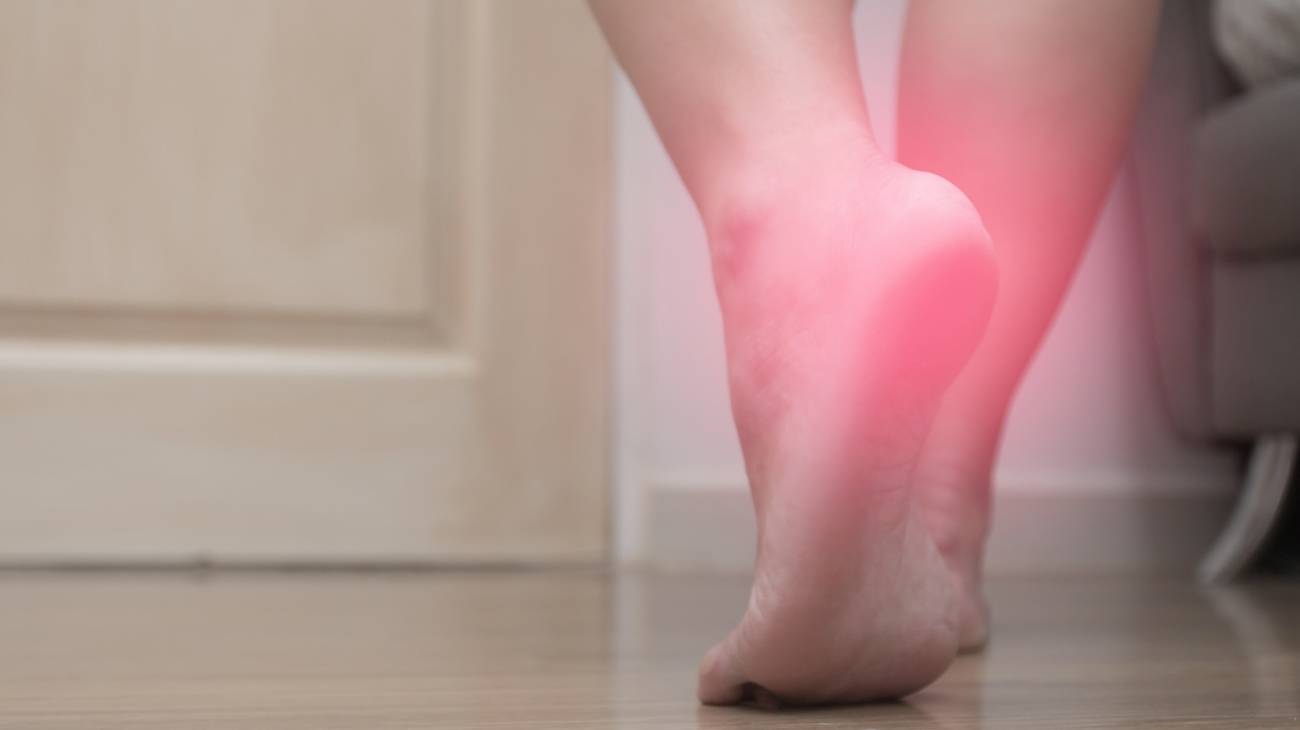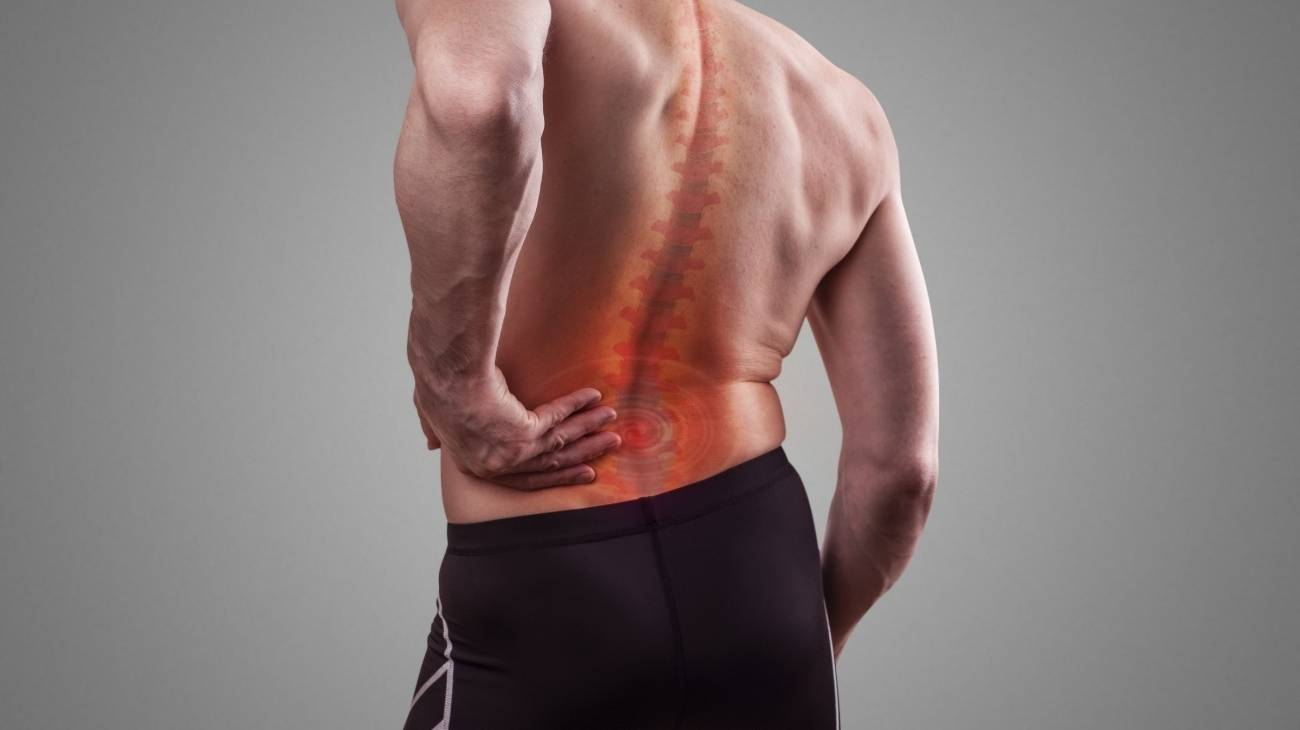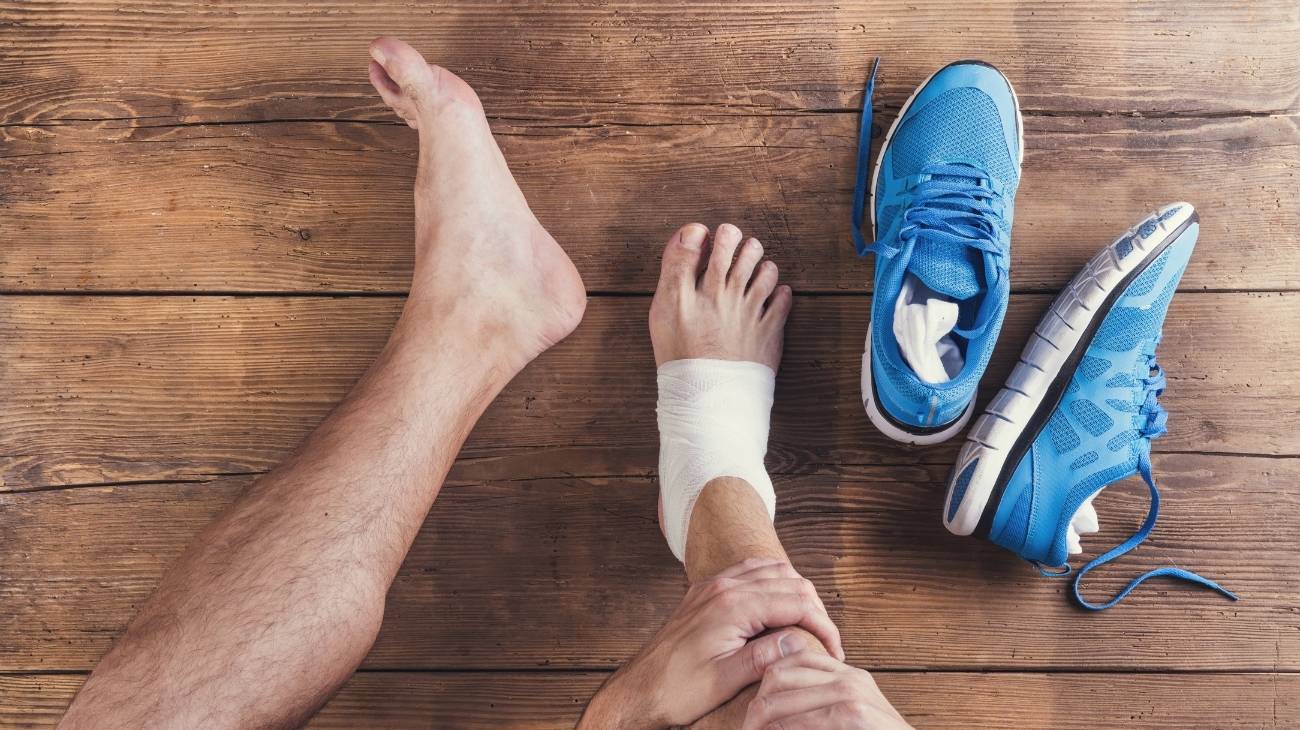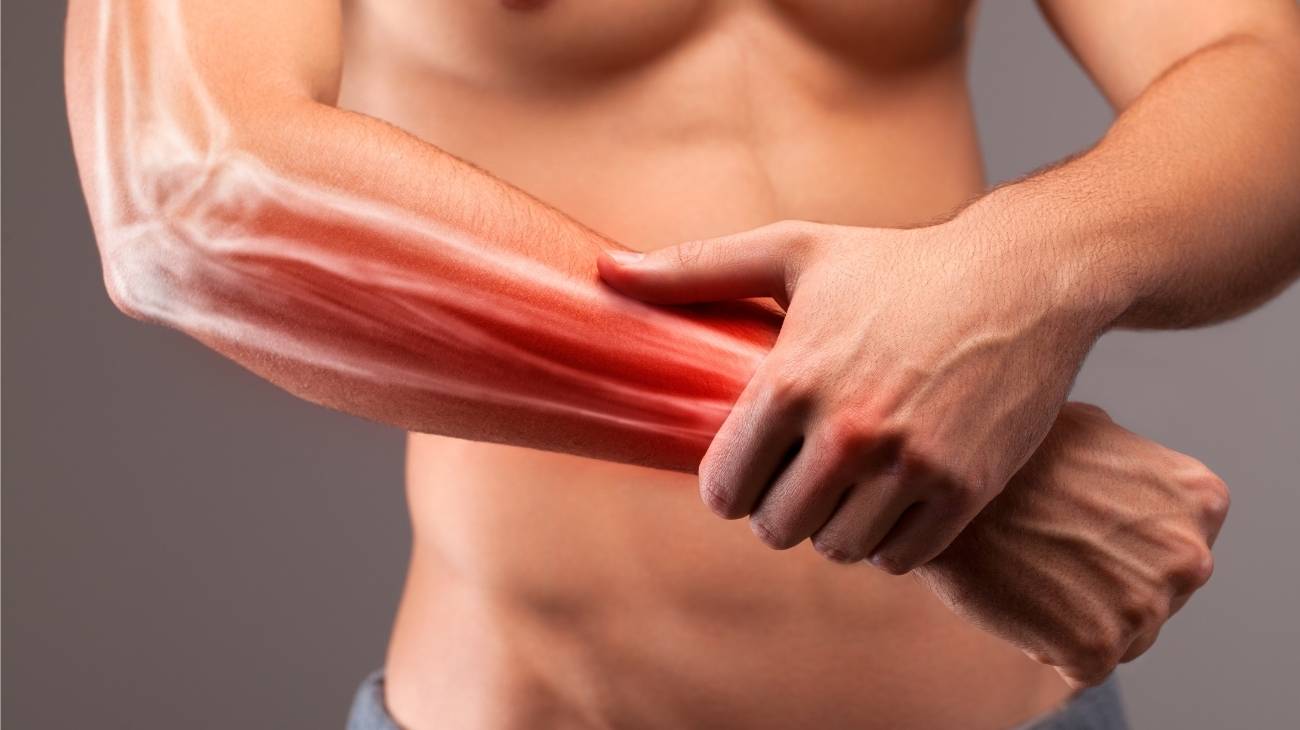- Definition: What is carpal tunnel syndrome?
- Best products for hand and wrist pain relief
- Types of carpal tunnel syndrome grades
- What are the causes and risk factors for carpal tunnel syndrome?
- Main signs and symptoms of carpal tunnel syndrome at the wrist
- What tests are available to diagnose carpal tunnel syndrome?
- What treatments and exercises are available to relieve wrist nerve compression pain?
- How can we prevent the onset of carpal tunnel syndrome?
- F.A.Q: Frequently Asked Questions
Carpal tunnel syndrome affects, on average, 50 out of every 1,000 people in the world. It is associated with activities that require the use of hand strength and repetitive movements over a long period of time, and is very common in athletes, office workers and people over 40 years of age.
In this post we will introduce you to the types of carpal tunnel syndrome injuries, as well as clarify your doubts about the most common symptoms that characterise this pathology. You will find out which are the risk factors that increase the probability of having this ailment and what steps you should take to overcome it.
Definition: What is carpal tunnel syndrome?
Carpal tunnel syndrome is the compression of a kind of tunnel created by the transverse carpal ligament, which contains the median nerve that runs from the forearm through the wrist joint to the thumb. This nerve is the one that allows sensitivity in part of the hand and movement in some fingers.
Any type of injury to the hand will cause inflammation and irritation of the soft tissues, which in turn causes compression in the carpal tunnel. At first you will feel tingling, then severe pain and difficulty moving the wrist and fingers. If the injury is not controlled, the pain will persist until it limits the patient's daily activity.
Best products for hand and wrist pain relief
Bestseller
-
Acupressure Mat and Pillow (Black/Gray)
$49.95 -
Acupressure Mat and Pillow (Green/Navy)
$49.95 -
Acupressure Mat and Pillow (Pink/Bordeaux)
$49.95 -
Foot Massage Roller for Plantar Fasciitis (Black)
$19.95 -
Foot Massage Roller for Plantar Fasciitis (Green)
$19.95 -
Foot Massage Roller for Plantar Fasciitis (Pink)
$19.95 -
Microwave Arthritis Gloves (2 Mittens) (Hearts)
$29.95 -
Microwave Arthritis Gloves (2 Mittens) (Oxford)
$29.95 -
Microwaveable Heating Pad for Pain Relief (Hearts)
$19.95 -
Microwaveable Heating Pad for Pain Relief (Oxford)
$19.95 -
Microwaveable Heating Pad for Pain Relief (Sport)
$19.95 -
Wrist Brace (Black/Gray)
$19.95 -
Wrist Brace (Green/Navy)
$19.95 -
Wrist Brace (Pink/Bordeaux)
$19.95
Types of carpal tunnel syndrome grades
As the injury itself occurs to the median nerve, the progression or type of damage from carpal tunnel syndrome will depend on the classification of injury to the affected nerve:
Axonopraxia
Also known as Grade I injury. This is mild damage to the myelin, a fatty layer that covers the median nerve and protects it from bumps and friction with other tissues. Thanks to this compound, better conduction of electrical impulses through the nerve is possible to provide mobility.
Axonotmesis is a mechanical blockage of the nerve, i.e. caused by compression of other tissues when they become inflamed and by muscle wasting due to constant repetitive hand movements. It is mild in severity, but if not treated in time, it can worsen.
Axonotmesis
An axon is the extension of neurons that reaches the initial nerve branch. We are talking about Grade II carpal tunnel injury because it involves a new level of pain and damage to the median nerve, this time to a large part of its structure.
When the axon is injured, it must branch back from the nerve root to the muscle. It is a degree of injury that takes longer to recover from and requires other methods of immobilisation until the cells begin to regenerate. When the initial compression is not controlled, then the nerve is partially torn and goes to level II severity.
Neurotmesis
In this case, the sheaths connecting the nerve are completely ruptured. This is the Grade III severity of injury to any nerve and when it occurs, the person goes through a stage of persistent throbbing pain.
When the nerve structure is completely ruptured, there is only room for surgery to release the tension pressing on the nerve and allow it to recover spontaneously, failing which, the affected stretch of nerves can be severed and the nerve endings reattached. The procedure and the final outcome will depend on the progression of the lesion within the carpal tunnel.
What are the causes and risk factors for carpal tunnel syndrome?
There are several causes and risk factors that trigger this wrist injury. Most of them can be controlled with improvements in work habits and at home, avoiding repetitive movements that create an overload of work in the hand.
Fractures
Most wrist fractures will involve the median nerve located in the anterior aspect of this joint and the palm of the hand. The displacement of the bone will affect the soft tissues and inflame them, in addition to the tension generated in the transverse carpal ligament.
During a fracture there is inflammation, which causes the median nerve to become irritated and have excessive pressure. This is an injury associated with the initial fracture. This is why in the majority of severe fractures, surgery must be performed to repair the damaged tissues.
Whenever there is a wrist fracture, it is recommended that a medical check-up is performed to assess that the median nerve is still functioning properly.
Gender prevalence
Women are three times more likely to have carpal tunnel syndrome, as the tissues and structures in women may be more weakened. This prevalence adds to the repetitive activities they may perform at home or work. It first arises in the hand that is used the most and then spreads to the other limb.
Why is it more prevalent in women? Because the carpal tunnel in women is narrower and tends to be more sensitive to nerve compression. Those who are engaged in occupations that are related to the excessive use of computers tend to be more prone to this pathology, so the gender prevalence affects more if there are other binding causes.
Degenerative diseases
In addition to mechanical and prevalence reasons, conditions and diseases play a major role in the incidence of carpal tunnel syndrome in individuals. And although there is no clear link as to why diabetes is associated with nerve damage, it is known that this degenerative disease increases the likelihood of injury to the median nerve in the hand.
Rheumatoid arthritis is another condition that generates inflammation, this is the component that triggers nerve damage. Whenever a person has an injury such as bursitis or sprain, it should be diagnosed and treated as soon as possible, as the nerve is a very sensitive structure.
Studies have linked the injury to the ingestion of the chemical Anastrozole, which is used in the treatment of breast cancer. So in these cases it is likely that the signs may be confused and missed by the fact that you are taking this drug.
Obesity
As people's Muscle Mass Index increases, there is a 7.4% increase in the likelihood of increased workload on the forearm, wrist and fingers to the point of putting pressure on the median nerve. Some research shows that the number of patients with this syndrome has increased at the same rate as the number of overweight people in the world.
What happens when you are overweight? The body works harder to do natural actions such as moving the wrist and closing the hand. It is important to always keep in good shape by maintaining healthy exercise habits and diets.
Repetitive movements
In both the work and sports environment, repetitive actions will compromise nerve function and the resulting soft tissue pressure on the nerve. Typing on the computer and using the mouse, playing golf, work professionals such as cosmetic surgery and dentistry involve repetitions that must be performed by the predominant hand and end up affecting the nerve.
What is recommended? Always take breaks every hour of work related to the use of the hands, as well as being very attentive to the initial signs that must be addressed to prevent the injury from reaching its third stage and requiring surgery.
Hormonal changes
It is quite common for pregnant women to have a high prevalence of this ailment, due to the change in hormones related to conception and breastfeeding. After childbirth, the symptoms that were present in the last few months gradually disappear. Specialists claim that fluid retention is the only reason why this ailment has been affecting pregnant women.
Therefore, during pregnancy, women are advised to exercise, increase their water intake and maintain a diet low in saturated fats. And if required, lymphatic drainage massages are also a good option as long as they are performed by specialists. Few types of massage are allowed in the last three months of pregnancy.
Main signs and symptoms of carpal tunnel syndrome at the wrist
All the signs that the body will let you know are located in the wrist and hand, although when the damage is advanced, the symptoms radiate to the entire forearm. Check this detailed list with the main symptoms that this pathology generates.
Cramps
Cramps are small muscle spasms that occur in the hand, often at night, when the body is more relaxed. These movements are involuntary and spontaneous. After analysing thousands of cases, they are the first symptoms that occur when nerve compression begins.
As there are many reasons for a cramp to occur, this symptom is often overlooked in most cases until another sign occurs and the patient becomes more concerned.
Tingling
Always performing the same movement will fatigue the muscles and ligaments, so there is a tingling sensation that often occurs for a few minutes. Many people associate the tingling with a "strange" tingling sensation. A carpal tunnel injury is due to direct compression on the nerve, which is responsible for providing sensation in the palm part of the hand on the thumb and index finger side.
Pain
It is at this stage that the person starts to worry and seek medical help. The pain begins as a permanent throbbing pain, which becomes more insistent when actions are performed with the hand. Over time, without treatment, it will not be possible to reduce the pain until surgery is performed to relieve the pressure on the median nerve.
Muscle atrophy
If the person has not seen a specialist, the hand injury will cause muscle atrophy that will directly affect the function of the thumb by affecting a pad or tenar eminence beneath the thumb. Muscle atrophy alters the size and function of any muscle in the body, even the smallest ones such as those in the fingers.
Difficulty in mobility
This difficulty is accompanied by insistent throbbing pain. The person can no longer close their hand, touch their palm, move their fingers and perform any action without increased pain and muscle tension.
At this stage of the pathology, the only thing left to do is to apply corrective surgery, which will relieve the pain by 99% from the moment the patient's recovery begins. As it is a pathology that worsens with the passage of time, the best thing to do is to be aware of these signs and act in order to attack carpal tunnel syndrome in time.
What tests are available to diagnose carpal tunnel syndrome?
Here are five effective ways to find out if you are beginning to suffer from carpal tunnel syndrome. Most of the tests can be done at home, but the definitive diagnosis will be made by a specialist with a final clinical test.
Phalen's test
This is a simple technique that involves forcing the hands to flex to a 90° angle. This flexion can best be done with the arm stretched out and positioned above the head. If you prefer, this stretching can be done with one hand or both hands at the same time.
What should you look for in this test? Pain at the base of the wrist and a tingling sensation at the fingertips. This flexion position should be held for one minute, which is the time to check for the aforementioned discomfort.
Tinel's sign
In reality it is a slight tapping in the middle of the forearm, on its front side, and at the base of the wrist and the palm of the hand. This light tapping should be done with the fingers of the other hand. It is also a manoeuvre that you can do on both limbs.
You should focus on the carpal tunnel, where the damage is usually concentrated. When you make a small tap, you will feel a small electric shock and pain, then you will know that you have the symptoms of having this syndrome.
Durkan's sign
This involves putting pressure on the passage of the median nerve, but you will do it on the forearm, just before reaching the wrist. The compression is done by squeezing the forearm with the thumb, index and middle fingers.
If you have numbness and tingling and numbness in your fingers, then you will know that you probably have signs of this condition. The pressure should not last more than 20 seconds before you see warning signs.
Finger sensitivity
This is a simple comparison of the sensory capacity of the fingers. The median nerve supplies the thumb, index and middle fingers, the ulnar nerve allows sensation in the ring and little fingers.
With a soft material, such as a swab, rub and touch all fingers at a time and compare if you have less sensation in the fingers connected to the median nerve and compare the result with the sensation in the fingers connected to the ulnar nerve. It is similar to checking the current in different sets of electrical wires.
Electromyogram
This is a clinical test that is often used to measure the speed of the electrical impulse conducted by the nerves. With a specialised device, the wrist is touched to generate electrical shocks and measure the reaction of the median nerve.
If there is irregular pressure on the axons, this will affect their vascularity and the amount of oxygen reaching them. When both of these characteristics fail, the ability of the axons to carry electrical impulses is altered and this is what the test detects.
As the syndrome becomes more advanced, the reliability of the test increases. So it is recommended to apply the first four mechanical exercises if you suspect you may have this pathology.
What treatments and exercises are available to relieve wrist nerve compression pain?
Once this pathology is present, there are exercises that you can do daily at home and treatments that should be suggested by your specialist doctor. Keep in mind that a poorly applied therapy will only increase the injury by increasing muscle tension and inflammation.
Separation of toes
Use a rubber band and place all five fingers in it. Now try to extend and spread your fingers apart until you can stretch the rubber band as far as possible. Hold this for five seconds. Then you should bring your fingers together again to lower the tension of the rubber band. Do not allow the rubber band to fall out of your hands as this exercise should be done 40 times at a time.
Flexor Stretch
With your arm completely straight. With your other hand, grasp the fingers of the outstretched limb and bring the palm of your hand upwards and backwards. You should exert some tension, but do not overdo it to avoid possible inflammation. This position should be held for 10 seconds and you should do five repetitions with each hand. This exercise should be done daily.
Stretching of the extensor
Now the exercise should be done by bringing the hand downwards and backwards. In the opposite direction of the flexor stretch. You should not overdo the tension exerted on the hand to avoid minor associated injuries. The exercise should be held for 10 seconds and then repeated a further 10 times. Remember that the movements in both cases should be gentle and if you feel pain, reduce the tension each time.
Wrist rotation
This is an exercise for both hands. All you need to do is sit down and place your forearms on your knees. With your palms facing down, lower your hands and bring them as far back as you can, and hold for five seconds. From that same point, turn your palms upwards and bring your hands up and press backwards. This routine should be done every day for 20 repetitions. Remember that the tension in flexion and extension should not be excessive.
Shoulder movement
From the mobility of the shoulders you can also help to reduce the pain caused by carpal tunnel injury. Try to raise your shoulders as if you wanted to touch your ears with them, hold this position for one or two seconds. Then move your shoulders backwards, this movement will bring your shoulder blades together but at the same time reduce the tension on the median nerve. This is a stretching movement that you should do 20 times.
Electrotherapy
It is part of a group of clinical therapies to reduce pain and other symptoms that afflict patients with this pathology. Electrical and low frequency currents are used in search of favourable results.
There are different types of currents applied to the body, such as ultrasound, which have an analgesic and anti-inflammatory function in cases where nerve damage is irreversible unless surgery is performed. This therapy should only be done if your doctor tells you to do so.
Infiltrations
This treatment is rarely used, but it is effective if the frequency of application is respected. It is only recommended to apply a corticosteroid injection every two or three months. With this dose, the pain and inflammation in the hand due to pressure on the median nerve should subside.
Corticosteroids are powerful drugs that have side effects, which is why we mention that the application should be moderate and carried out by a specialist.
Surgeries
When no treatment and no change in the patient's habits work, then surgery is necessary to release the tension on the nerve. There are two possibilities for surgery:
Open when an incision and exploration is required to see the actual damage to the palm of the hand. The area of the fourth metacarpal is cut so that the area of the median nerve is no longer affected. The transverse ligament is then released.
Endoscopy is used when the injury has been clearly detected and is mild, but can be treated quickly with minor surgery. A small incision is made and a device is inserted which will allow the damage to be better checked and repaired.
How can we prevent the onset of carpal tunnel syndrome?
The main prevention we can have is to change habits in the work area and at home, that should allow lowering the physical intensity on the hand, which in turn will avoid work overloads, inflammation and injuries.
Avoid lifting heavy objects
Whenever you make this effort there is an irregular tension in the wrist, because the human hand is not created for this type of lifting. If your job requires such actions, use safety implements or support vehicles.
Sleeping with your arms outstretched
If your body is stepping on your hands and you sleep with your wrists bent, this is another way of creating tension in your wrists. That's why your fingers fall asleep when you wake up. Always try to sleep with your limbs outstretched, free of pressure.
Use wrist rests
Although there are no studies linking this syndrome to computer use, it is recommended that you use pads on which your wrist should rest when using a computer mouse. Also look for a forearm support when typing on the keyboard, chairs with hand rests are best.
Exercise daily
Physiotherapy is not only for correcting ailments, it is also useful for preventing them. If you give your wrist joint a lot of mobility at home or at work, try doing at least one of the exercises you have learned in this article.
Preventive massages
During a good massage, the aim is to eliminate knots or muscle tension in the shoulders, the forearm and the hand itself. There is no point in concentrating on the wrist and neglecting the other parts of the arm. Use your fingers and palms to relax the muscles and ligaments. It is recommended that the massage be performed by a qualified physiotherapist.
Smartphone use
While it is true that mobile phones make our lives easier, they have also led us to overuse our fingers, especially the thumbs which are connected entirely to the median nerve. The tissues that connect to this finger become exhausted and end up generating inflammation that puts pressure on the median nerve.
Alternative therapies
- Acupressure and acupuncture are two similar techniques that share many of the principles of Chinese medicine. The former uses the fingers and palms of the hands, the latter uses needles. In both therapies, action points and reaction points are used to release energy by touching them. These therapies have no contraindications, so they can be used as long as the patient feels improvement.
- Compression therapy helps to reduce the mobility of the wrist while we are doing the activities that cause us pain. The use of special wrist braces or supports for carpal tunnel is recommended to support the wrist joint
- In inflammatory processes, the use of cold therapy is recommended, as it has been shown that applying cold reduces inflammation, and therefore pain, much more effectively and quickly than any medication. We can use cold gel packs for this application.
F.A.Q: Frequently Asked Questions
We now move on to a section of this article where you will have the answers to the main questions related to carpal tunnel syndrome. Clear up all your doubts by reading on.
References
- De Krom, M. C. T. F. M., Kester, A. D. M., Knipschild, P. G., & Spaans, F. (1990). Risk factors for carpal tunnel syndrome. American journal of epidemiology, 132(6), 1102-1110. https://academic.oup.com/aje/article-abstract/132/6/1102/81519
- Silverstein, B. A., Fine, L. J., & Armstrong, T. J. (1987). Occupational factors and carpal tunnel syndrome. American journal of industrial medicine, 11(3), 343-358. https://onlinelibrary.wiley.com/doi/abs/10.1002/ajim.4700110310
- Gelberman, R. H., Hergenroeder, P. T., Hargens, A. R., Lundborg, G. N., & Akeson, W. H. (1981). The carpal tunnel syndrome. A study of carpal canal pressures. JBJS, 63(3), 380-383. https://journals.lww.com/jbjsjournal/Abstract/1981/63030/The_carpal_tunnel_syndrome__A_study_of_carpal.9.aspx
- Phalen, G. S. (1972). The carpal-tunnel syndrome: clinical evaluation of 598 hands. Clinical Orthopaedics and Related Research®, 83, 29-40. https://journals.lww.com/clinorthop/Citation/1972/03000/The_Carpal_tunnel_Syndrome__Clinical_Evaluation_of.7.aspx
- STEVENS, J. C., BEARD, C. M., O'FALLON, W. M., & KURLAND, L. T. (1992, June). Conditions associated with carpal tunnel syndrome. In Mayo Clinic Proceedings (Vol. 67, No. 6, pp. 541-548). Elsevier. https://www.sciencedirect.com/science/article/abs/pii/S0025619612604613
- Bland, J. D. (2007). Treatment of carpal tunnel syndrome. Muscle & Nerve: Official Journal of the American Association of Electrodiagnostic Medicine, 36(2), 167-171. https://onlinelibrary.wiley.com/doi/abs/10.1002/mus.20802
- Keith, M. W., Masear, V., Amadio, P. C., Andary, M., Barth, R. W., Graham, B., ... & McGowan, R. (2009). Treatment of carpal tunnel syndrome. JAAOS-Journal of the American Academy of Orthopaedic Surgeons, 17(6), 397-405. https://journals.lww.com/jaaos/Fulltext/2009/06000/Treatment_of_Carpal_Tunnel_Syndrome.8.aspx
- Phalen, G. S. (1966). The Carpal-Tunnel Syndrome: SEVENTEEN YEARS'EXPERIENCE IN DIAGNOSIS AND TREATMENT OF SIX HUNDRED FIFTY-FOUR HANDS. JBJS, 48(2), 211-228. https://journals.lww.com/jbjsjournal/Abstract/1966/48020/The_Carpal_Tunnel_Syndrome__SEVENTEEN_YEARS_.1.aspx
- Bakhtiary, A. H., & Rashidy-Pour, A. (2004). Ultrasound and laser therapy in the treatment of carpal tunnel syndrome. Australian Journal of Physiotherapy, 50(3), 147-151. https://www.sciencedirect.com/science/article/pii/S0004951414601525
- Fernández-de-Las Peñas, C., Ortega-Santiago, R., Ana, I., Martínez-Perez, A., Díaz, H. F. S., Martínez-Martín, J., ... & Cuadrado-Pérez, M. L. (2015). Manual physical therapy versus surgery for carpal tunnel syndrome: a randomized parallel-group trial. The Journal of Pain, 16(11), 1087-1094. https://www.sciencedirect.com/science/article/abs/pii/S1526590015008160











